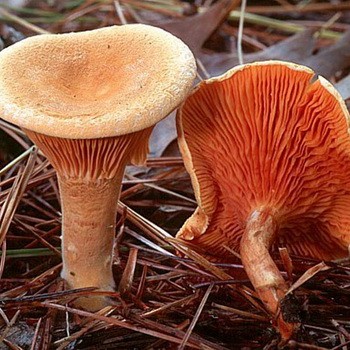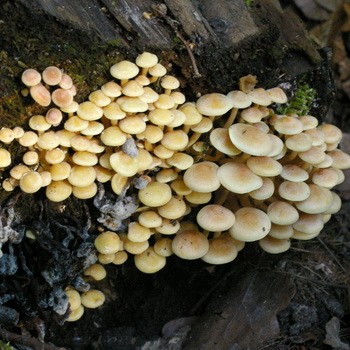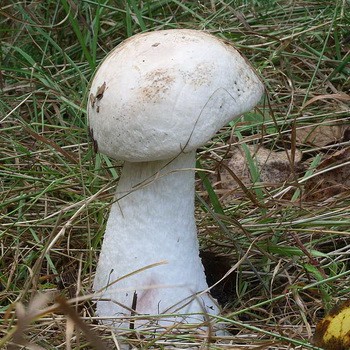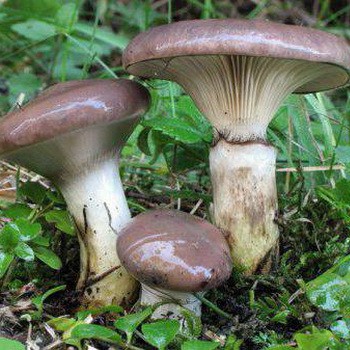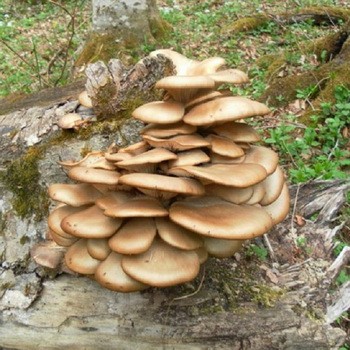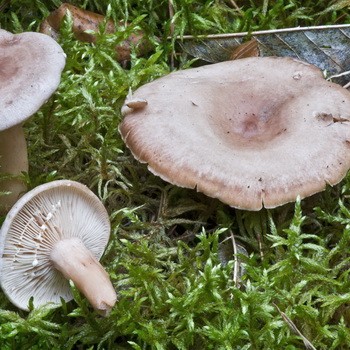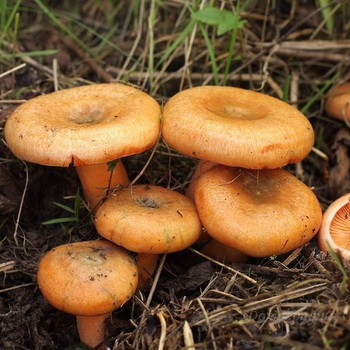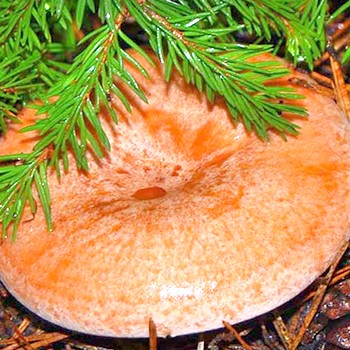False saffron mushrooms and their differences from real mushrooms
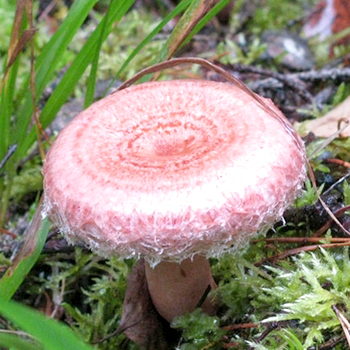
Fans of the “quiet” hunt gather mushrooms also because they grow in large groups. Therefore, from one glade you can collect a whole basket without difficulty. However, novice mushroom pickers are wondering: are there false arches and what do they look like?
To begin with, it must be said that edible saffron mushrooms are inferior in taste to porcini mushrooms. A variety of dishes can be prepared from them, including salting and pickling for the winter. One of the most popular saffron mushrooms are spruce, pine and red. Therefore, the difference between mushrooms and false representatives can be found in this article, which also presents a description and photos of individual species.
All mushrooms belong to the genus of milkers, they are considered edible with very similar features to each other.
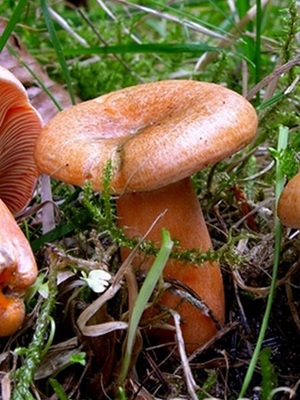

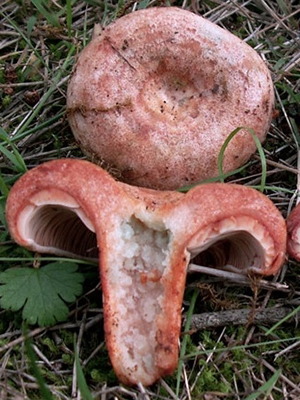
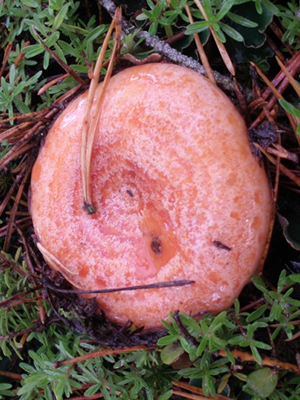
Content
- Are there pine false mushrooms and how they look: photo and description
- Are there any false saffron milk-like mushrooms?
- What do red mushrooms look like and are these mushrooms false: photo and description
- What is the difference between edible saffron milk and false amber milkers (with photo)
- What other false mushrooms are there?
Are there pine false mushrooms and how they look: photo and description
This species grows in a spruce or pine forest, has a large hat with a diameter of about 18 cm. Small specimens with a convex hat and turned edges, adults - open hat, resembling the shape of a funnel. If the hat is wet, it becomes sticky, in the dry state its surface is shiny and smooth. Hue can range from beige to bright orange with pronounced spots or circles.
The leg has the same color as the hat. On the surface there are small recesses, the shape resembles a cylinder, and tapers towards the base. The difference between a mushroom mushroom and a false species is in a color change with pressure. If you press down the plates of a pine saffron with your fingers, then a green tint immediately appears, and when cut, the flesh gives off a thick juice, which becomes yellow-orange. False saffron milk species do not have this feature.
Are there any false saffron milk-like mushrooms?
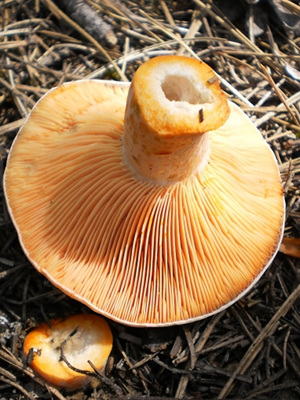

This edible species has slightly different characteristics. Are there any false saffron milk-like mushrooms? To answer this question, you should find out what a real spruce mushroom looks like.
Usually this species grows in those places where there are a lot of young spruce. Its hat is no more than 9 cm, with rounded edges and a recess in the center. More mature fruiting bodies completely become flat-concave. Like pine saffron, spruce becomes sticky and slippery in wet weather, and smooth and shiny in dry weather. The surface color mushrooms from dark orange to light pink, with blue or green circles located on the surface. When cut, the mushroom immediately begins to turn green, although the flesh in the hat is orange, and in the leg is white.
Experts say that false saffron milk, similar to a spruce species, does not exist.Therefore, you can safely go to the coniferous forest or pine forest for spruce mushrooms.
What do red mushrooms look like and are these mushrooms false: photo and description
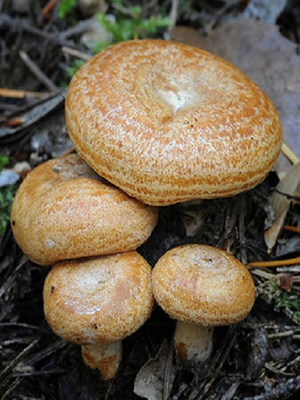

This species is quite rare, as it usually grows in dense, impenetrable coniferous forests or in mountainous areas. Some mushroom pickers, who are just starting their “mushroom” career, ask what red mushrooms look like, are the mushrooms false?
We note right away that red saffron is not false, and the photo below clearly shows its description. The hat of this fruiting body may be flat, depressed or convex, with an average diameter. In immature specimens, the edges of the cap are always turned upside down, while in old mushrooms the edges are almost even. The surface shimmers in the sun, however, during rains, dirt, grass and leaves immediately stick to it. Color varies from bright red to dark red.
The leg of the mushroom does not exceed a height of 6-7 cm, hollow inside. The color is red with a white coating on the surface. The plates are bifurcated and smoothly descend to the middle of the legs. The pulp is dense with a heterogeneous color, can have different shades: white and red. When cut, the milky juice becomes brown or red.
Red camelina grows from mid-July to the end of September.
It is worth noting that in nature there are no poisonous false saffron mushrooms, so you should not be afraid to confuse them with others. However, there are still species that are easily confused with real saffron mushrooms.
Look at the photo, what false mushrooms look like mushrooms.
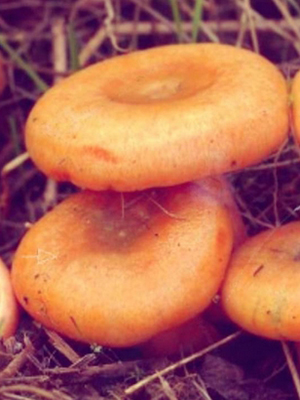
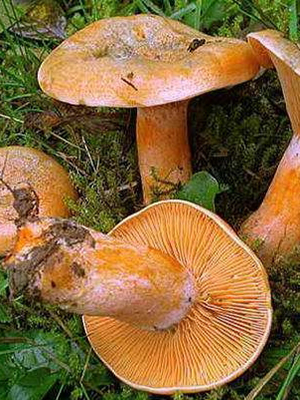
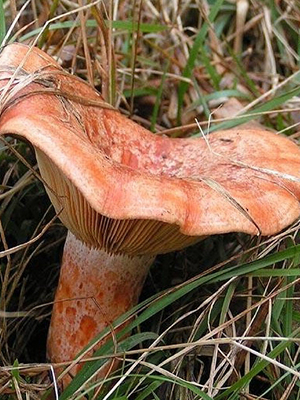
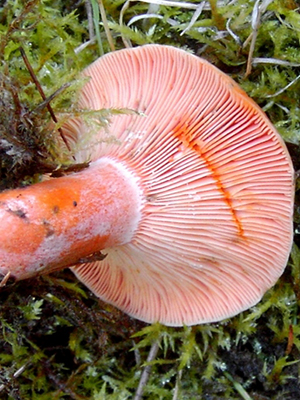
What is the difference between edible saffron milk and false amber milkers (with photo)
What do false mushrooms look like, which are popularly called an amber milkman? The smell of this fruiting body resembles chicory, and there is a small tubercle on the caps. The flesh has a yellowish tint, and the surface of the entire fruiting body is red with a silk sheen. It is worth saying that the amber milkman belongs to the slightly poisonous fruiting bodies. Therefore, pay attention to further photos of false mushrooms mushrooms, how to distinguish them from these species according to other characteristics.
False saffron mushrooms are really very similar to the real ones, which are called red. The diameter of the cap is sometimes about 15 cm; when broken, the yellow flesh is immediately visible. This is most important in contrast to the edible species. Therefore, immediately pay attention to the milky juice and its color. The white color of the milky fluid never changes its color when it comes in contact with air.
Photos of false and edible saffron mushrooms will help novice mushroom pickers to avoid confusion and cut only real species into their baskets.
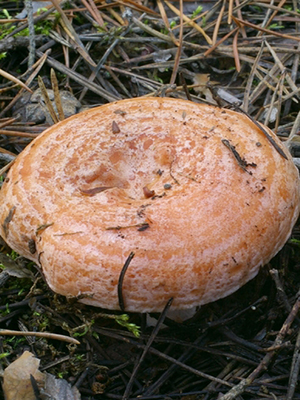
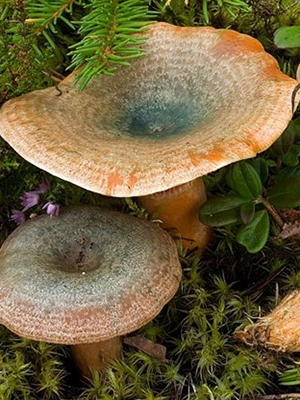

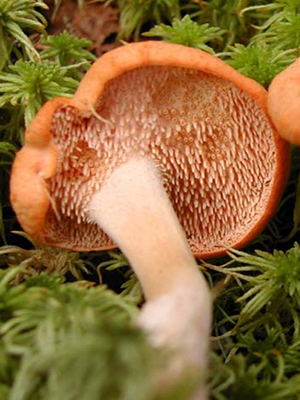
Quite often, the concentric zones are completely absent on the cap of the false camelina. When you touch the plates of a false mushroom, a dark brown color is visible, which then acquires a greenish tint. The aroma and taste of false saffron mushrooms are pleasant and not cause concern.
A few more photos showing how false mushrooms look like mushrooms:
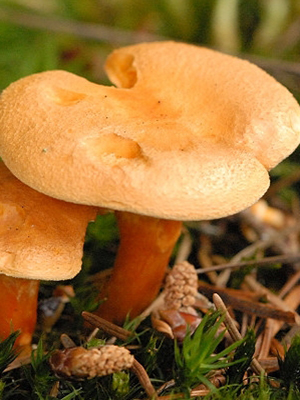
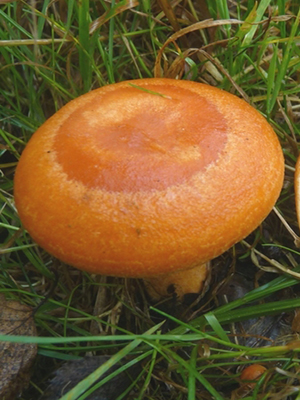
A detailed description and a photo of whether there are false saffron mushrooms will help to responsibly approach the collection of mushrooms. After all, poisoning with these species still happens. First signs: abdominal pain, vomiting, diarrhea and fever. Therefore, in case of poisoning, you need to drink the victim a large amount of water (at least 1 liter) and call an ambulance.
What other false mushrooms are there?
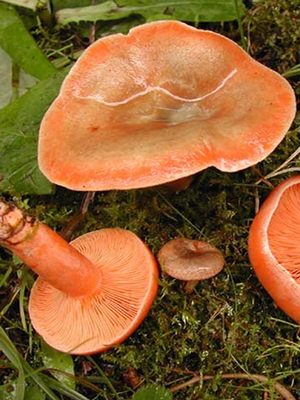
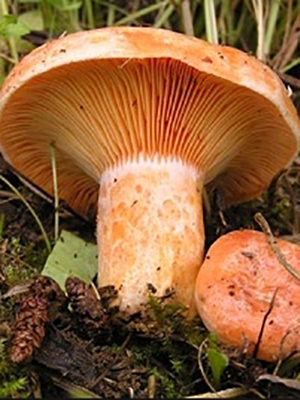
False saffron milk mushrooms include trevushki - conditionally edible mushrooms. Nothing will happen to you if you pickle or pickle several cans of this mushroom crop. Look at the photo, and you will understand how to distinguish false mushrooms from real ones.
The main difference between camelina and trevushka is color. The top is pinker and there are frequent villi on its surface. The diameter of the cap is about 10-12 cm, the shape is convex. With age, the surface straightens, forming a small depression in the center. The edges are slightly lowered, and there is a concentric pattern on the surface of the cap. The skin is mucous to the touch with a white or light pink tint. When pressed on the hat, dark spots appear.
A thrush grows, like real saffron mushrooms in places with high humidity and a lot of moss. The leg of the mushroom is up to 7 cm high, in diameter up to 2 cm. At a young age, the leg is solid, then becomes completely hollow. The milky juice released during the slice never oxidizes during the oxidation process and remains white.
The following description and photos will show if there are still false saffron mushrooms.
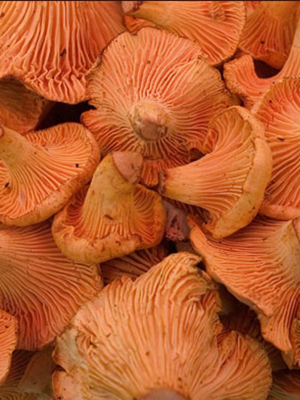
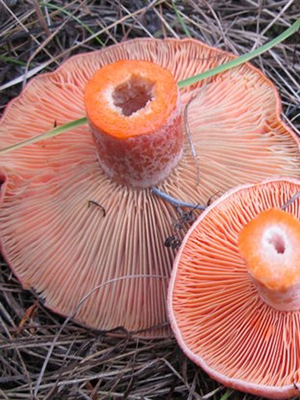


Are there any false saffron milk among other types of given fruiting bodies? It is worth saying that no, and do not worry that false mushrooms will fall into your basket.
Experts say that saffron milk has a lot of useful substances, as well as a natural potent antibiotic - lactrioviolin. This component inhibits harmful bacteria, including tubercle bacillus. The presence of such an antibacterial compound indicates the harmlessness of mushrooms, so they can be eaten even in raw form, adding a little salt or roasting on a fire.
The photos of edible and false saffron mushrooms presented in the article also help determine where these species grow. Usually they prefer mixed forests with a predominance of pine and spruce. The favorite places for saffron mushrooms are felling, young pine and spruce forests, as well as forest edges or forest glades. The most popular areas in our country for the growth of camelina are the forests of the Urals, Siberia and the northern regions of Russia. The collection season of different species varies and can start from mid-July and last until the end of October.
